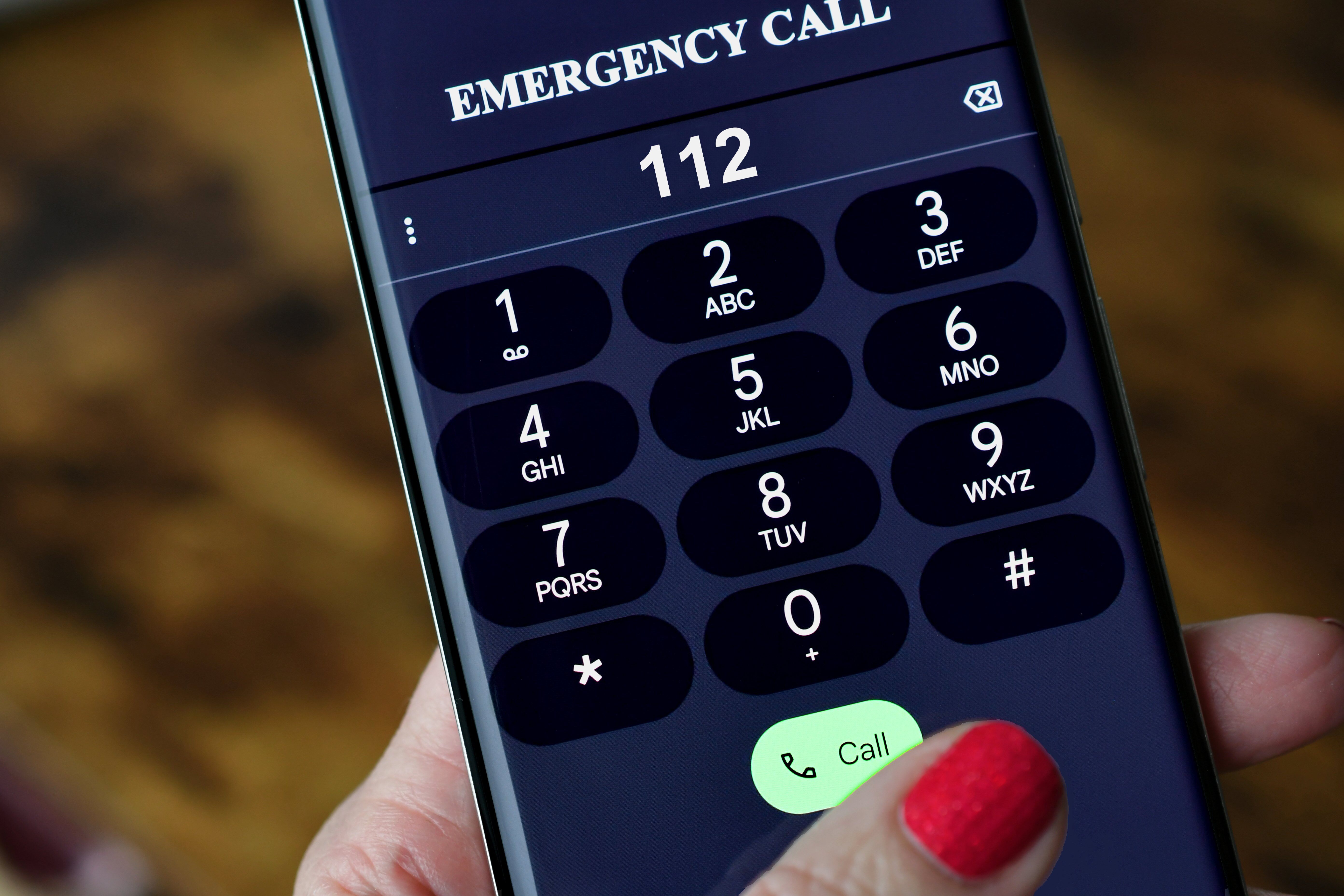112 PSAPs: 3 must-have technologies

In Europe, emergency systems have reached an established level of reliability and have demonstrated advanced capabilities. However, changes in the use of technology by citizens, together with the increasing penetration of wireless telephony and VoIP calls, the widespread use of real-time messaging and the sharing of images and videos via social media, are creating ever higher expectations for the performance of 112 systems.
Against this background, there is a need to create a new PSAP model, adapted to new communication technologies and interoperability, with the aim of developing Next Generation emergency response systems.
What are the challenges facing PSAPs in the future?
When citizens are in need of emergency assistance, it is vital that PSAPs are able to:
-
accurately locate the caller
-
easily interact with a wide range of communication devices available on the market
-
recognise the type of technology being used to make the call, so that relevant information, such as photos or videos, can be sent in a timely manner to the right organisation to provide the rescue.
Currently, PSAPs face several challenges related to the smooth transmission of data and the timely sharing of critical information in emergency situations. Much has been done, but much more can be done, to improve the ability to make effective decisions and to increase the efficiency of the response and the overall quality of the service provided. From a technological point of view, these challenges in the Operations Centre include the need to migrate to emergency calls based on new multimedia communication technologies.
Next Generation 112: 3 key technologies
A Next Generation 112 PSAP can receive a wide range of emergency calls, supported by IP-based communication channels. These channels enable two-way communication, facilitating the exchange of data, including medical and geo-localisation data, with citizens and other PSAPs. The upgrade of the 112 infrastructures to Next Generation contributes to better situational awareness and promotes high interoperability of services.
But what are the technologies that must be present in a Next Generation 112 PSAP?
There are three main ones:
-
Real-Time Text (RTT). Significant progress has been made in recent years to ensure universal access to the 112 emergency service. Ten years ago, SMS was accessible in only a few EU countries, and many of these did not have adequate facilities for people with disabilities. However, with the European Electronic Communications Code, the concept of emergency calls has been replaced by the broader concept of emergency communications, ensuring access to emergency services through all available communication channels, including for people with disabilities. In this context, an obligation has been introduced to make Real-Time Text technology accessible to all mobile devices, networks, and PSAPs across Europe by 2027. This technology allows text to be transferred to the control centre software character by character as it is typed by the citizen. RTT can be available either natively, through activation by national telephone operators, or through a dedicated smartphone application or a dedicated website.
-
Cloud Computer Aided Dispatch. Software is increasingly moving from an "installed" concept to one of "remote service", accessed by subscription. PSAPs can also make this transition, thanks mainly to a significant improvement in connectivity technologies, which guarantee business continuity as good as, if not better than, that provided by in-house data centres. Several incident management software packages currently on the market are already compatible with this new paradigm. In general, Cloud Computer Aided Dispatch unlocks all these value-added services in one fell swoop. Think of speech-to-text translation, or image recognition, or analysis of the sentiment of a call, often derived from artificial intelligence. All these services are already available in the cloud and are difficult to replicate via local installation due to the exorbitant cost of resources and their limited nature compared to a global environment that can be accessed to optimise results.
-
NG112 ESInet. The ESInet, which stands for “Emergency Service IP network”, is at the heart of all NG112 technology. It provides the routing rules for new emergency communications, evolving from simple rules based on telephone districts or cell connection for GSM systems, to fully intelligent systems with a set of rules based on location, date and time, caller characteristics and more. This will enable emergency situations to be managed effectively and efficiently, with a rapid and timely response.

Next Generation 112 is the gateway to a new era of emergency services. Although emergency services have always been accessible mainly through voice calls, citizens' expectations have become more sophisticated. Next Generation responds to this need by encouraging the integration of new technologies into emergency services. This means that PSAPs will be able to manage critical information such as location, real-time text, photos, video calls and other important data. Achieving this ambitious goal will require a major upgrade and overhaul of existing emergency communications systems across Europe.







